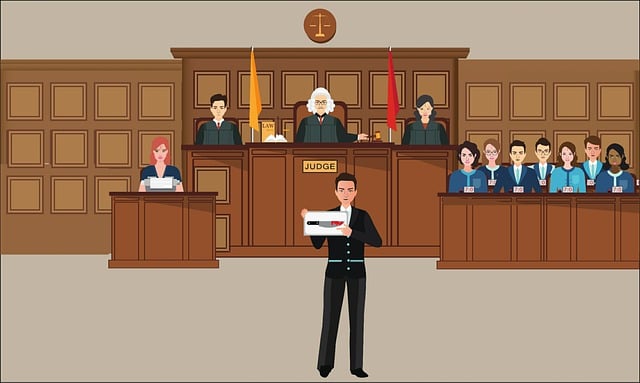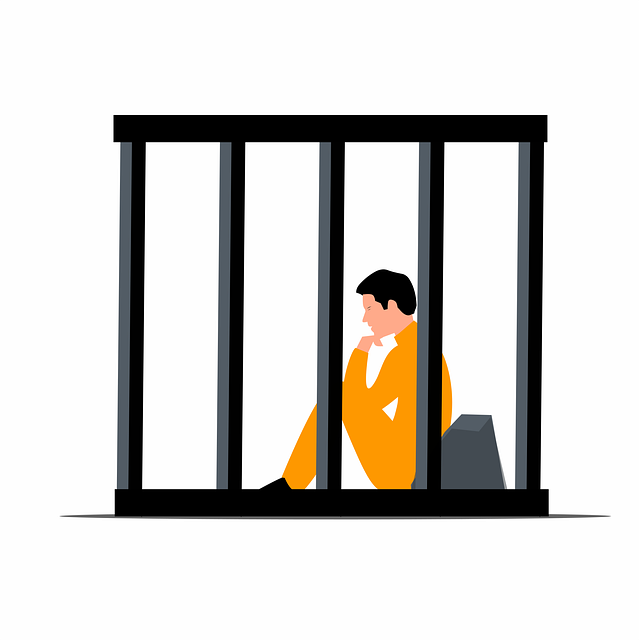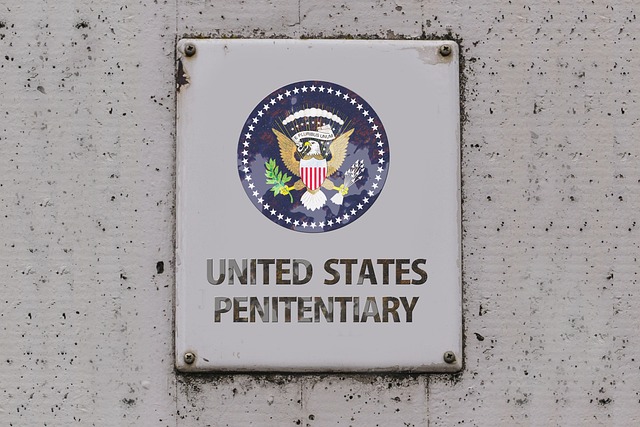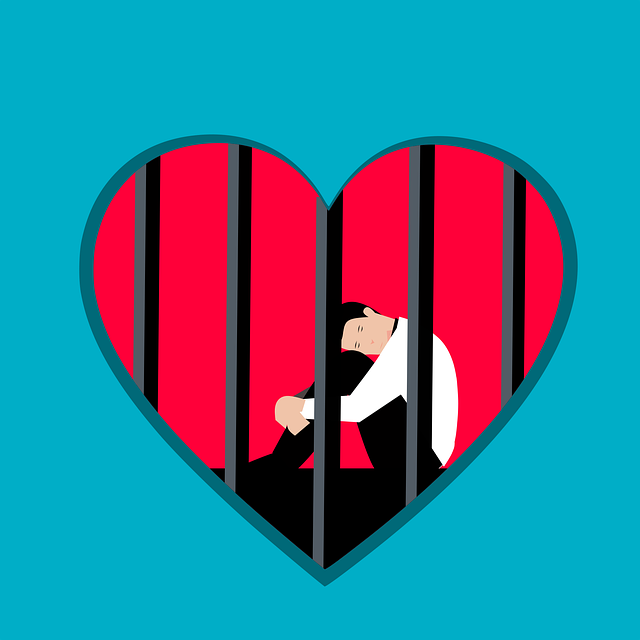Youth Justice seeks fair treatment for adolescents in the criminal system, acknowledging their developmental stage and rehabilitation potential. Community Service as Punishment emerges as a powerful alternative to detention or imprisonment, offering young offenders a chance to give back to their communities while learning from their mistakes. This approach fosters personalized restitution, accountability, community involvement, and essential life skills, ultimately helping youth develop and rebuild trust with their communities. However, it faces criticism for not always addressing underlying behavioral issues or providing adequate structure, highlighting the need for a balanced approach. Well-structured community service programs can reduce recidivism and strengthen societal cohesion by promoting growth, accountability, and social responsibility.
“Youth Justice and Fair Treatment: Unveiling the Role of Community Service In a complex criminal justice system, ensuring fair treatment for young offenders is paramount. This article delves into the concept of youth justice, exploring how community service emerges as a key punishment strategy within the juvenile justice system. By weighing the pros and cons of community service as a disciplinary measure, we analyze its impact on both offenders and communities. Furthermore, it highlights alternative approaches that promote fair treatment, offering insights into effective community service programs and their role in shaping a more just future.”
- Understanding Youth Justice and Fair Treatment
- The Role of Community Service in the Juvenile Justice System
- Pros of Using Community Service as a Punishment
- Cons and Criticisms of Community Service for Minors
- Implementing Effective Community Service Programs
- Promoting Fair Treatment Through Alternative Approaches
Understanding Youth Justice and Fair Treatment

Youth Justice, at its core, is about ensuring that young people are treated fairly within the criminal justice system. This involves addressing the unique needs and challenges faced by adolescents who come into conflict with the law. Fair treatment means recognizing the distinct developmental stage of youth, considering their potential for rehabilitation, and providing appropriate alternatives to harsh sentencing. One effective approach gaining traction is using Community Service as Punishment, which offers young offenders a chance to give back to their communities while learning from their mistakes.
This alternative to traditional punishment allows for personalized restitution, fosters a sense of accountability, and encourages community involvement. By engaging in meaningful community service projects, youth can develop a stronger connection with their neighborhoods, gain valuable skills, and learn the importance of contributing positively to society. This not only promotes personal growth but also helps rebuild trust between young people and the communities they impact.
The Role of Community Service in the Juvenile Justice System

Community service plays a significant role in the Juvenile Justice System, offering an alternative form of punishment to traditional methods like detention or imprisonment. It empowers young offenders to give back to their communities while developing a sense of responsibility and understanding the impact of their actions. By engaging in community service projects, youth can learn valuable skills, build resilience, and foster a deeper connection with their surroundings. This approach not only serves as a punitive measure but also promotes rehabilitation, ensuring that these individuals become productive members of society.
In contrast to locking young people away, community service allows for a more holistic understanding of justice. It provides opportunities for offenders to make amends, repair relationships, and gain valuable experiences. For instance, participating in local clean-up drives, mentoring younger peers, or assisting at community centers can help youth develop empathy and a sense of ownership within their communities. This form of punishment encourages personal growth, encourages accountability, and offers a supportive environment for young people to make positive changes in their lives.
Pros of Using Community Service as a Punishment

Community service as a punishment offers several benefits that contribute to both individual growth and societal well-being. It provides an alternative to traditional punitive measures, allowing young offenders to give back to their communities while developing a sense of responsibility. This form of rehabilitation not only teaches valuable lessons about accountability but also fosters empathy by enabling youth to witness firsthand the impact of their actions on others.
Furthermore, community service enhances employability and social skills. It demonstrates to future employers and educational institutions that an individual is willing to contribute positively to society, even while facing challenges. This hands-on experience can build resilience and teach valuable life skills, such as teamwork, communication, and problem-solving, which are crucial for personal development and successful integration into adulthood.
Cons and Criticisms of Community Service for Minors

Community service as a form of punishment for minors has its advocates, but it’s not without criticism. One of the main concerns is that community service may not always be an effective deterrent or rehabilitation tool for younger offenders. It can sometimes be seen as a light sentence, especially when compared to other forms of punishment, and may not adequately address the underlying issues contributing to the youth’s criminal behavior.
Additionally, there are questions around the effectiveness of community service in achieving its intended goals. Some critics argue that it doesn’t provide enough structure or accountability for young people, allowing them to avoid facing the consequences of their actions. Furthermore, the impact on victims and affected communities is often overlooked, as community service may not directly address the harm caused by the offense, leaving unresolved feelings of justice and healing.
Implementing Effective Community Service Programs

Community service as a form of punishment can be an effective tool in youth justice, offering a meaningful alternative to traditional sentencing. It provides an opportunity for young offenders to give back to their communities while developing a sense of responsibility and understanding the impact of their actions. Well-designed community service programs can address the root causes of delinquent behavior by fostering social skills, promoting positive role models, and encouraging emotional growth.
Implementing these programs requires collaboration between local authorities, community organizations, and volunteers. By engaging youth in meaningful activities such as environmental clean-up, supporting local charities, or assisting at community centers, we can shift the focus from punishment to personal development. This approach not only benefits the community but also empowers young people to become active citizens, potentially reducing recidivism rates and fostering a more cohesive society.
Promoting Fair Treatment Through Alternative Approaches

In addressing youth justice, promoting fair treatment requires a shift from traditional punitive measures to alternative approaches that foster growth and rehabilitation. One such innovative method gaining traction is substituting Community Service as Punishment. This approach allows young offenders to contribute to their communities while learning valuable lessons about accountability and social responsibility. By engaging in meaningful community work, youths develop a sense of purpose and gain a deeper understanding of the impact of their actions on others.
Community Service programs can range from cleaning local parks to assisting at senior centers or food banks. These activities not only benefit the community but also provide a structured environment for youth to reflect on their misdeeds and make amends. Moreover, it promotes intergenerational connections as they work alongside experienced mentors who can offer guidance and support, helping to steer young lives away from future criminal behavior.
In conclusion, while Community Service as Punishment plays a significant role in the Youth Justice System, it’s crucial to balance its pros and cons. The effective implementation of community service programs, along with exploring alternative approaches, can promote fair treatment for young individuals. By focusing on rehabilitation, reintegration, and considering each youth’s unique circumstances, we can create a more just and compassionate juvenile justice system that fosters positive change in our communities.






